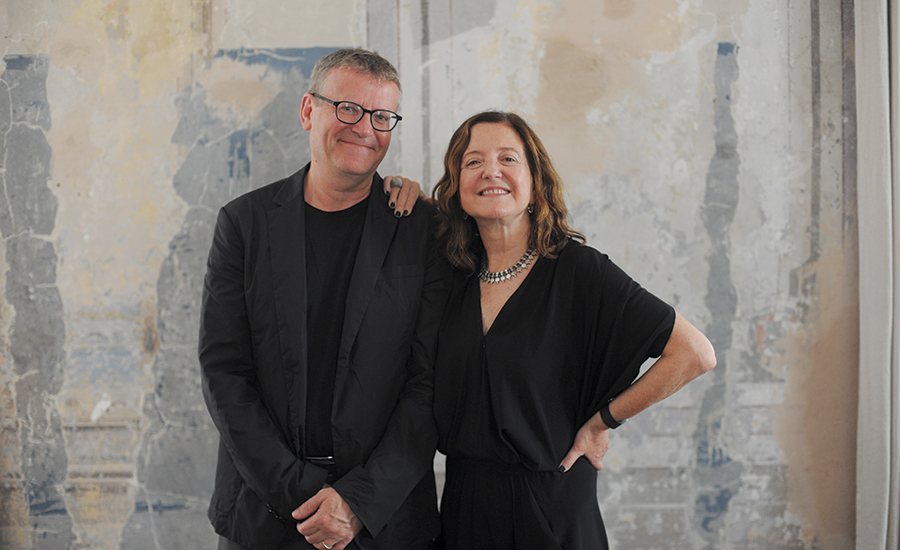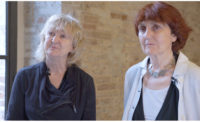The Istanbul Design Biennial has always been more symposium than trade show. The inaugural edition, in 2012, curated by Joseph Grima, investigated the cultural effects of new production methods. The follow-up, headed by Zoë Ryan, looked at how designers can predict, and influence, the future. Istanbul’s third biennial addresses the question “Are We Human? The Design of the Species: 2 Seconds, 2 Days, 2 Years, 200 Years, 200,000 Years.” Its co-curators are architectural historians Beatriz Colomina, a professor at Princeton University, and Mark Wigley, a professor and former dean at Columbia’s Graduate School of Architecture, Planning and Preservation. After they began organizing the show, which will take place at four venues in Istanbul from October 22 to November 20, the country was rocked by a coup attempt and the government crackdown that followed.
Architectural Record: When were you last in Turkey?
Mark Wigley: In June. But we talk with the people there every day, so we have a pretty good idea what’s going on.
Did you consider ending your involvement?
Beatriz Colomina: Of course. But after 9/11, friends were asking how we could stay in New York.
MW: It would be super-offensive to have an exhibition of beautiful chairs and lamps at this moment. If we were doing that kind of show, we would have said, “We’re out.” But we have the opposite feeling. We want to discuss the ethical responsibilities of design.
BC: We have more than 70 contributors, from all over the world, and not a single one has said, “I’m not coming.”
MW: It’s important also to say that none of us—the contributors, the organizers—are naive about what is a difficult, tense, and complex situation. If our colleagues internationally and in Turkey had said they think this is the wrong moment, we would have stopped. But you could even say that this situation makes the discussion of design more important rather than less.
How so?
MW: People on this planet don’t treat each other or other species well, and we think that’s an issue the design community can engage with. Design is the conversation you must have when things are difficult.
As curators, do you ultimately answer to the Turkish government?
MW: The Istanbul Foundation for Culture and Arts, which sponsors the biennial, is a private, not-for-profit organization. One of the reasons they asked us to do this in the first place is that they didn’t want a business-as-usual design biennial.
You’ve said you won’t be showing chairs or lamps. What will people look at?
BC: There are more venues than before, and more to see. There will be a huge number of new things . . .
MW: And also old things. In the section on the body, we’re exhibiting the Dresden “glass man,” the transparent model made for the German Hygiene Museum in 1935. In the section on time, you’ll see 13th-century Islamic Renaissance automatons.
What else will you be showing?
BC: We did an open call for two-minute videos on the question “are we human?” and 200 came in. All 200 will be exhibited.
It sounds like there could be too many voices.
MW: I suppose we’re more concerned that there aren’t enough voices. We strongly believe that, in today’s world, ideas are generated collaboratively.
We want to avoid the situation where we’re using people’s contributions as illustrations of our ideas. We want to to present their ideas.
BC: Whenever we mention the theme “Are We Human,” people start to answer.
Which has led to a lot of discussion on social media.
BC: So much so that, at the opening of the Venice Architecture Biennale in June, people said, “I’m sorry I missed your biennale.” We said, “It hasn't opened yet.”
What kind of audience do you expect?
MW: The last Biennale drew 200,000 people. They think they may get even more this year, because a lot of the show deals with everyday things, like your behavior, your identity. The whole thing is set up as a mirror. So it should interest people from all walks
of life.







Post a comment to this article
Report Abusive Comment